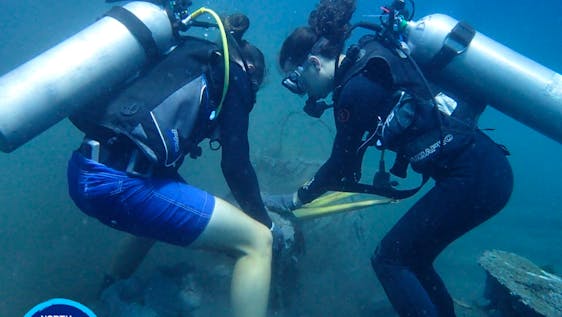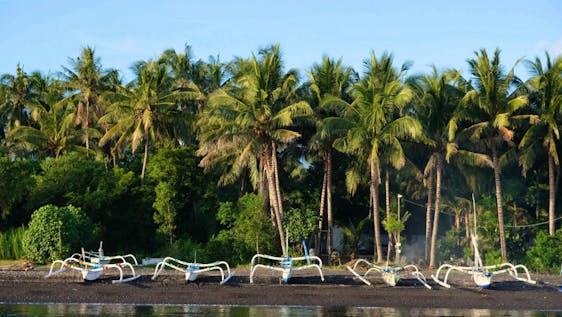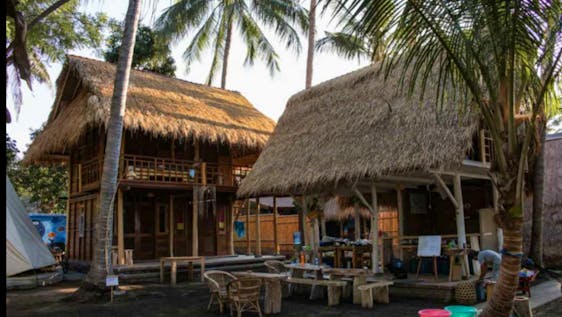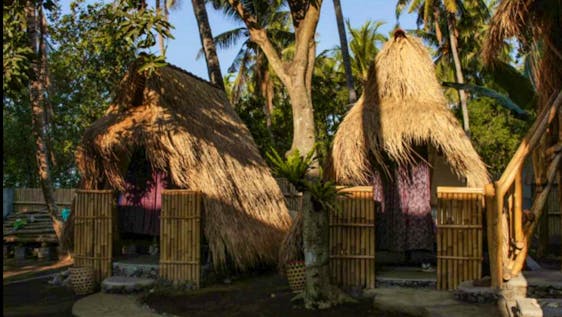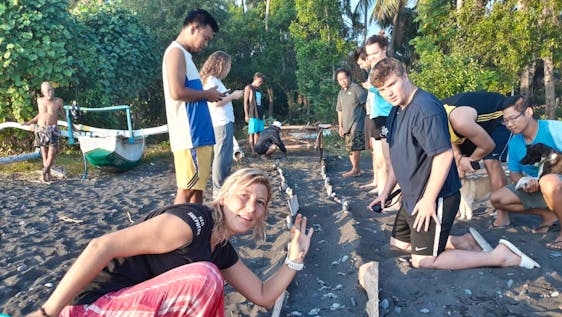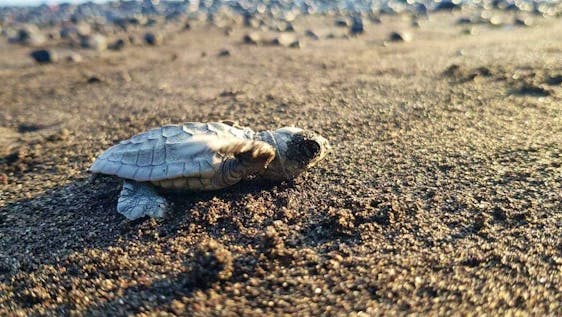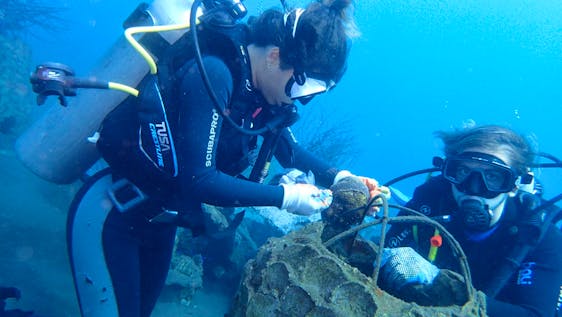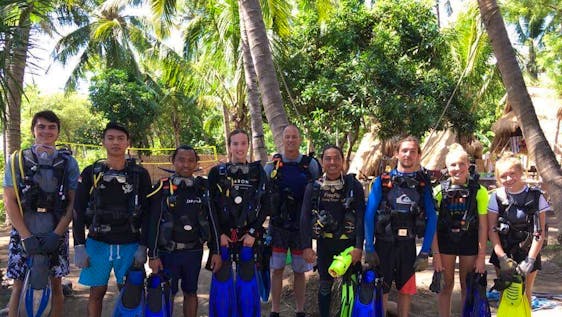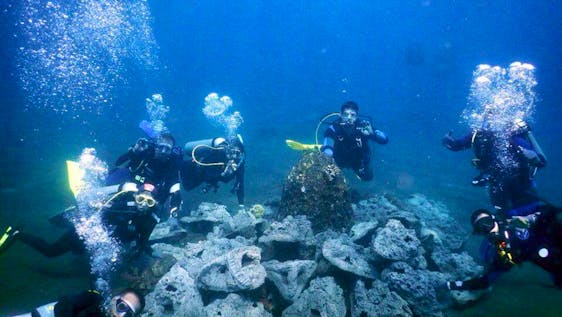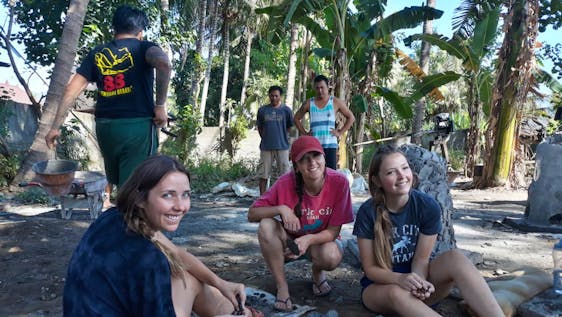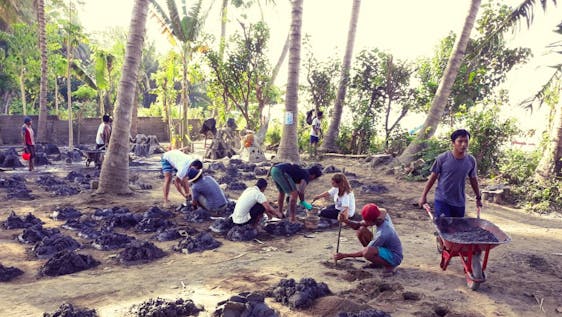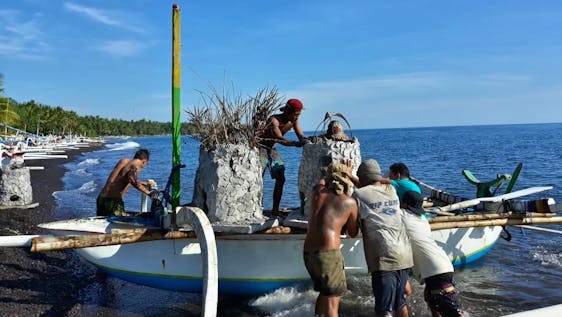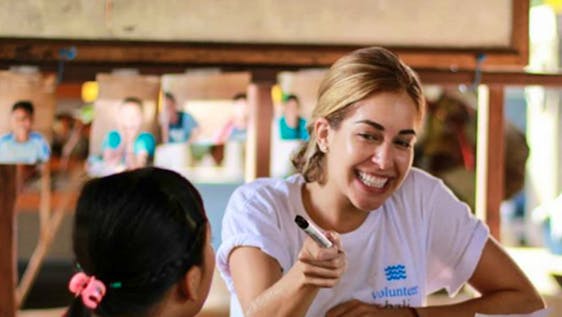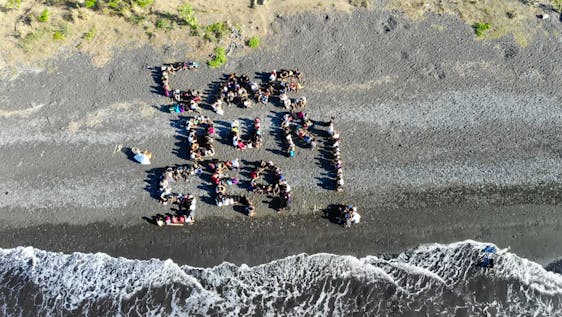2023 at Reef Conservation Supporter
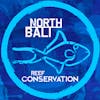
4.6
Perfect
13
Beoordelingen
7
Years in business
North Bali Reef Conservation
Geverifieerd door Volunteer World

4.6
Perfect
13
Beoordelingen
7
Years in business
North Bali Reef Conservation has since started several environmental and sustainability projects focusing on education, mentality change, no take Marine Protection Area
North Bali Reef Conservation is a Non-Governmental Organisation and volunteering program based in the small fishing village of Tianyar on the North East coast of Bali. Tianyar’s reef has potential to be a healthy and highly diverse coral reef but is currently in poor condition due to abusive and ...
Contactpersoon
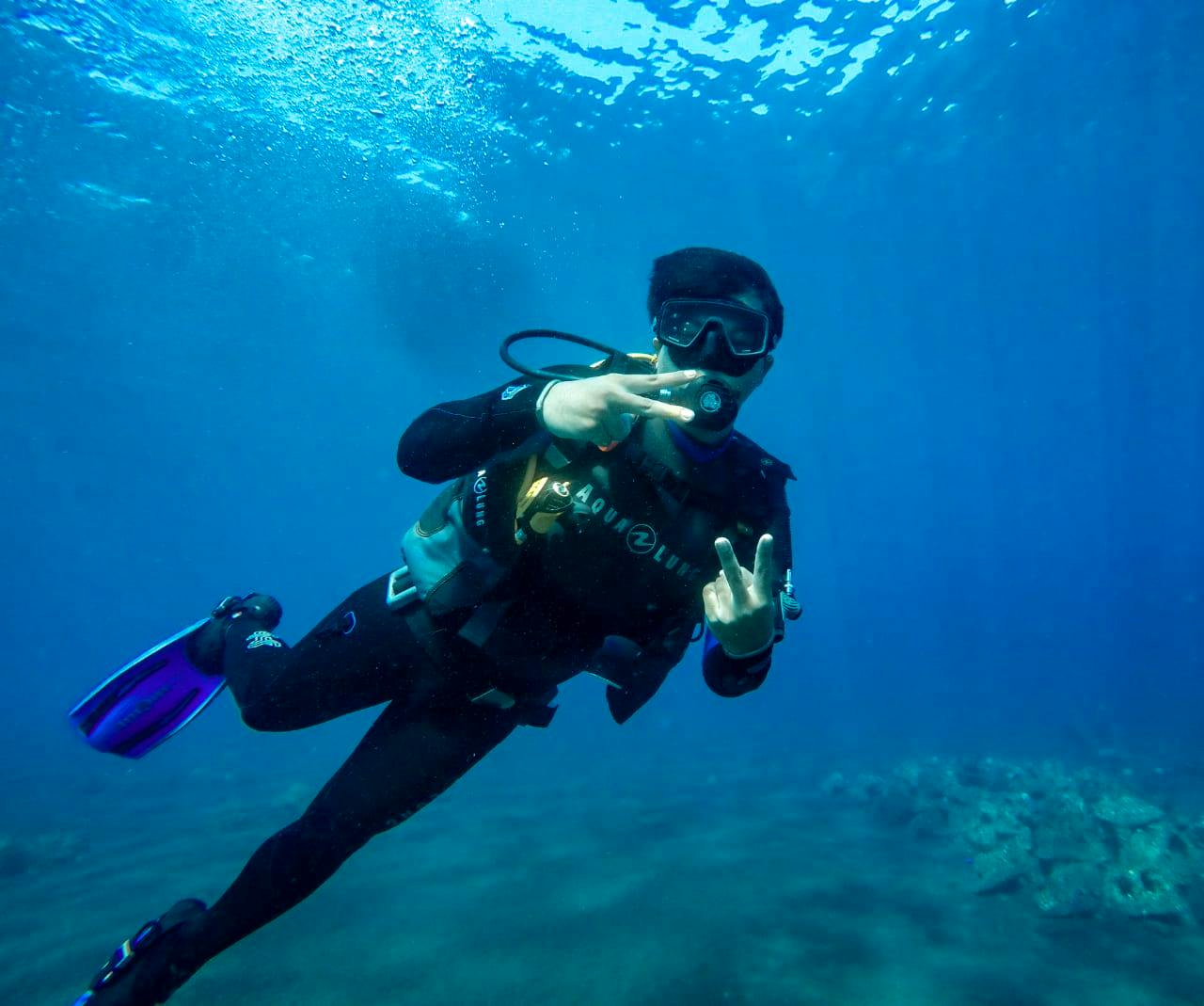
Nova
Gesproken talen: Indonesisch, Engels
Goed Responsgraad
